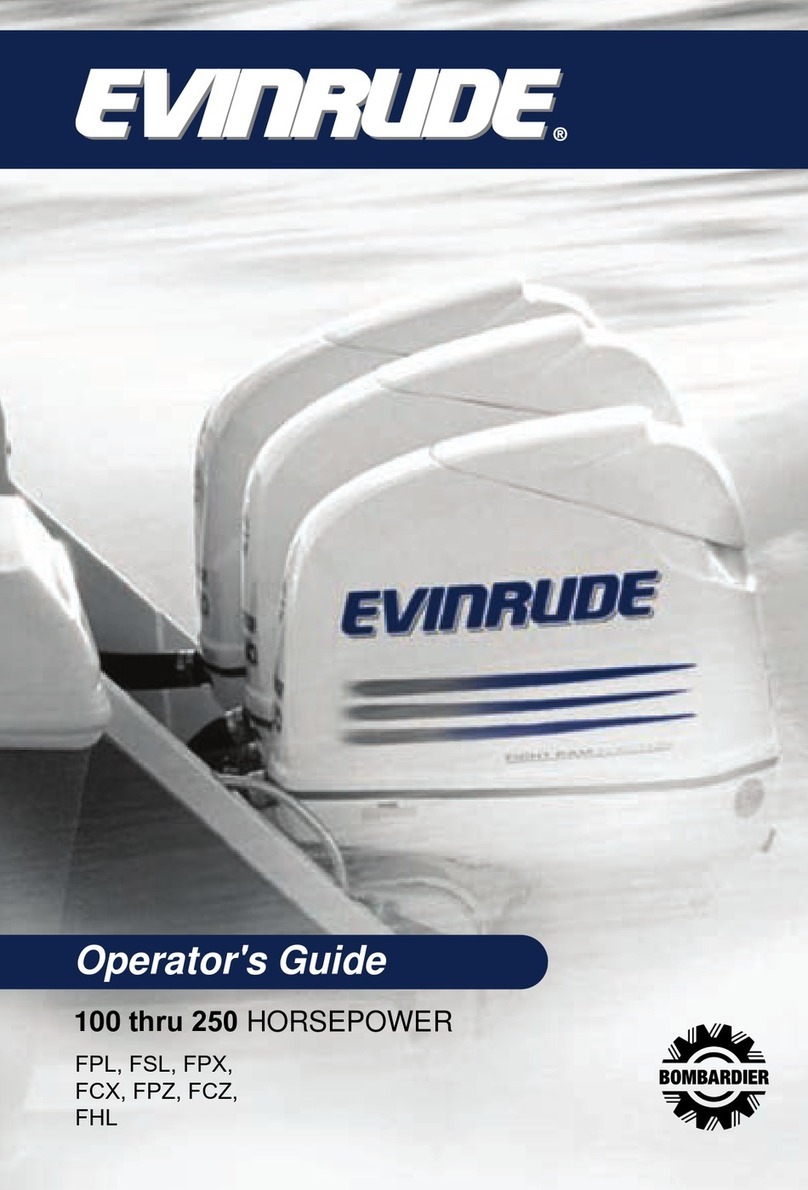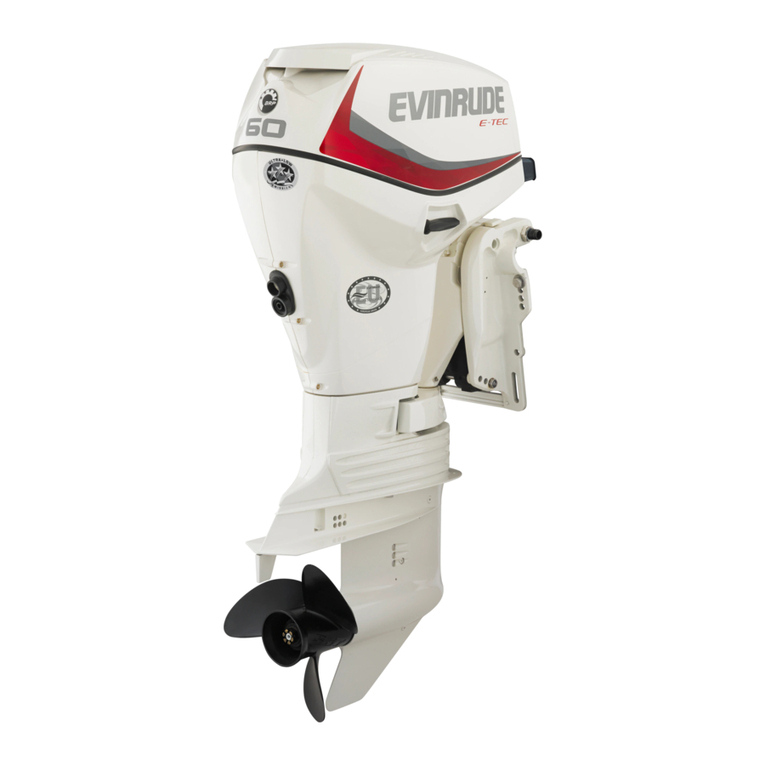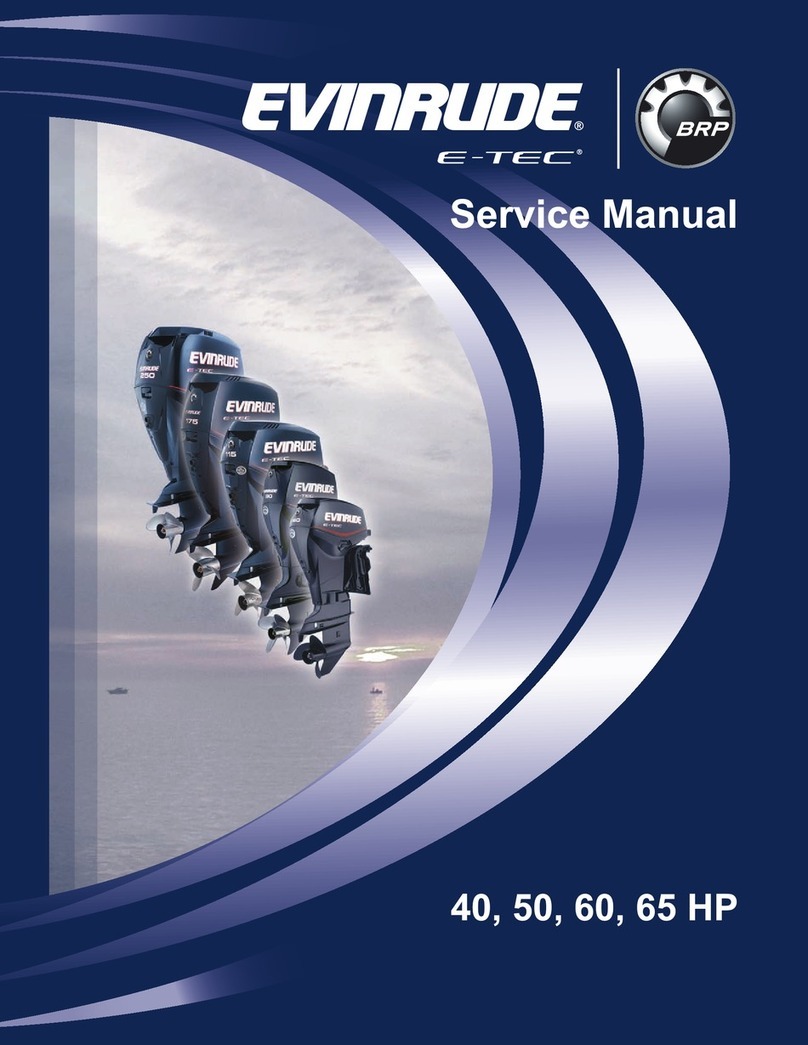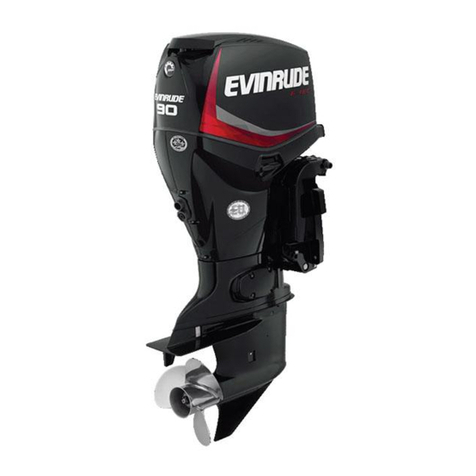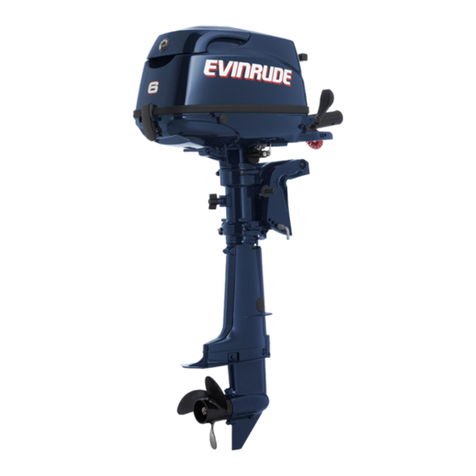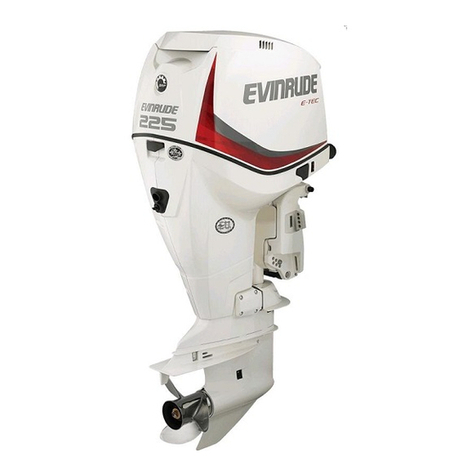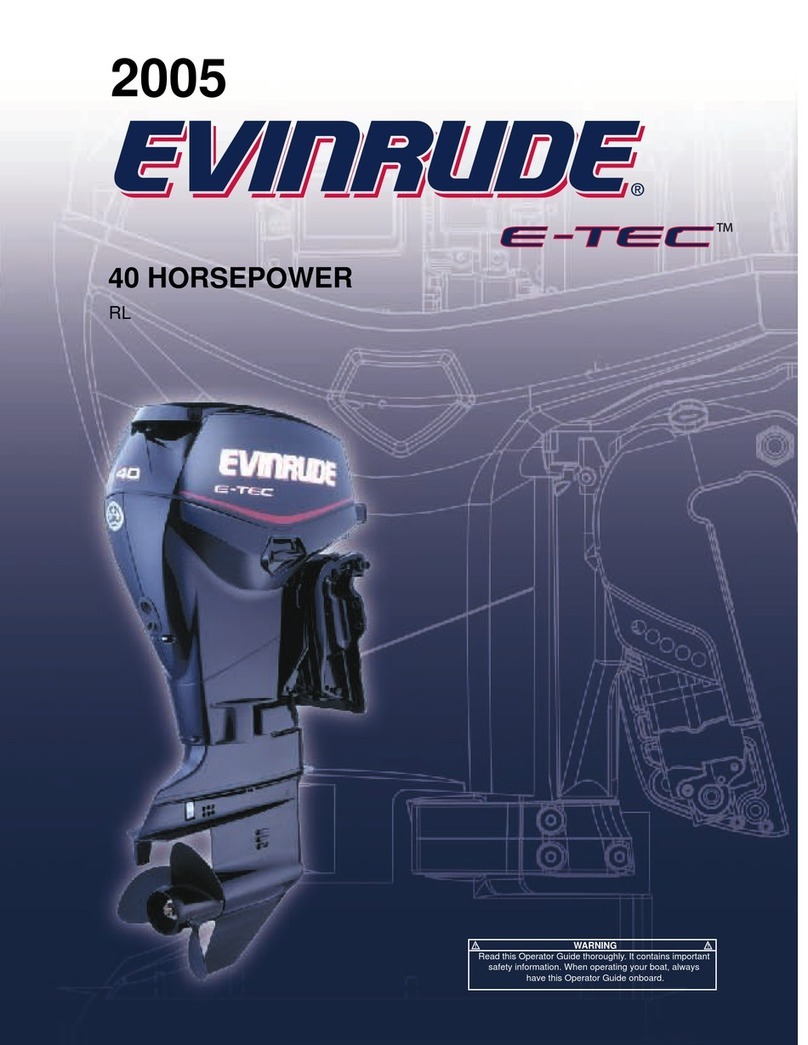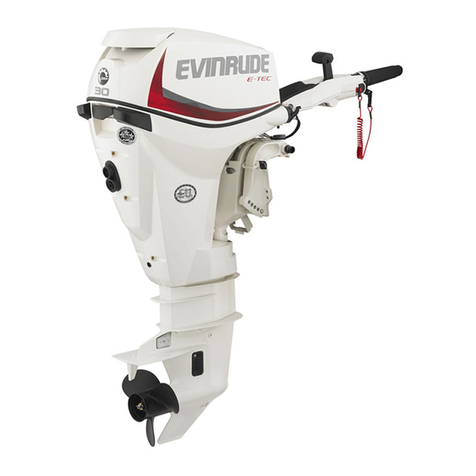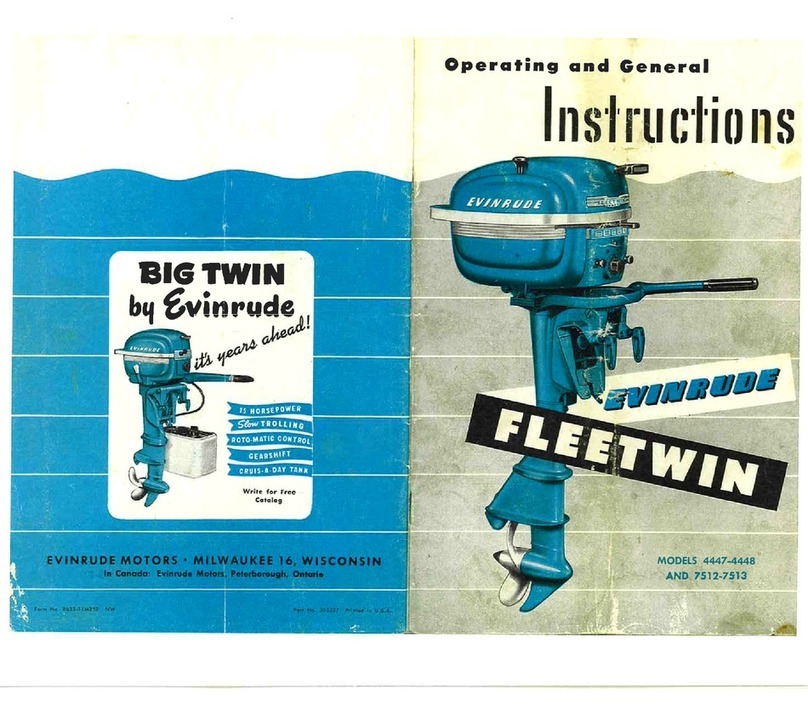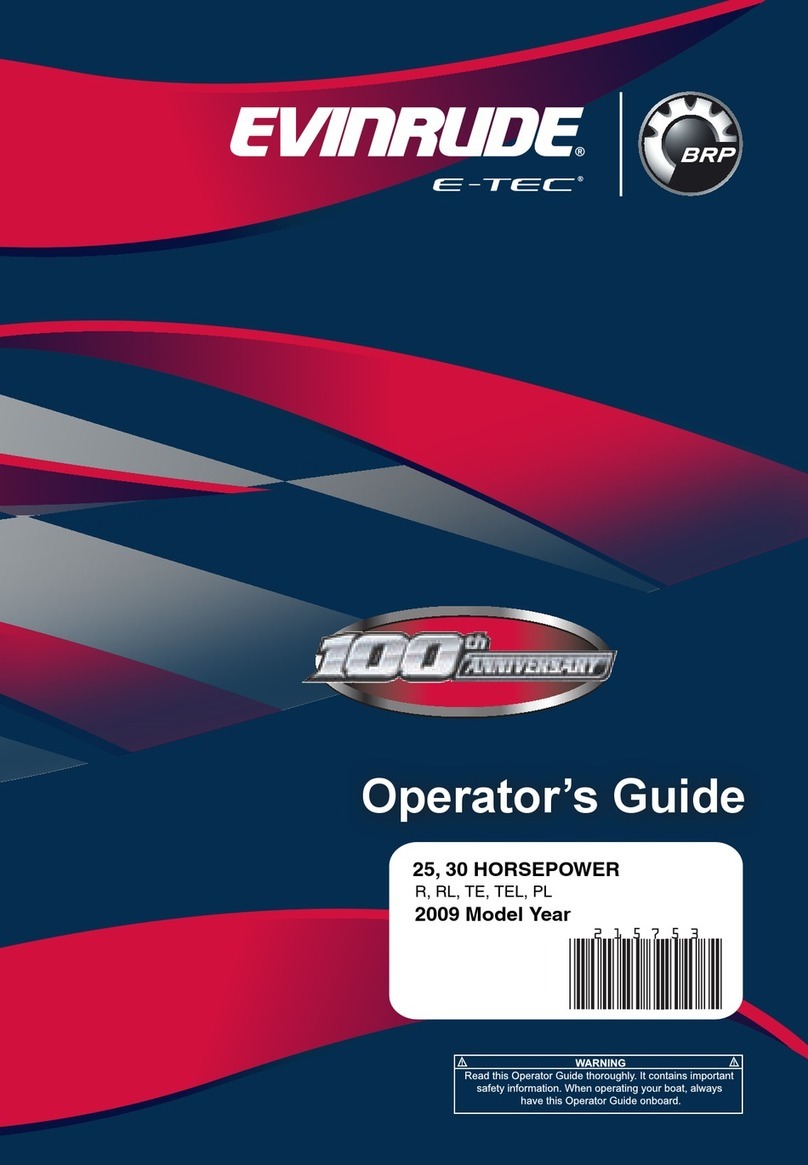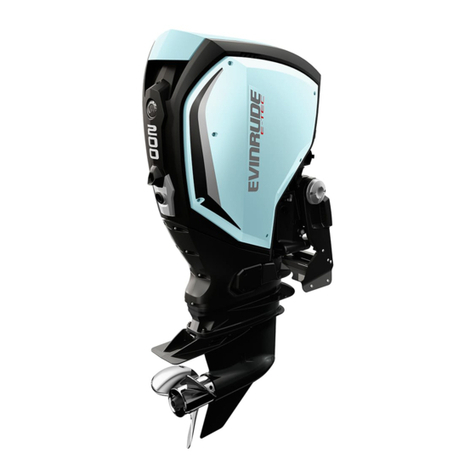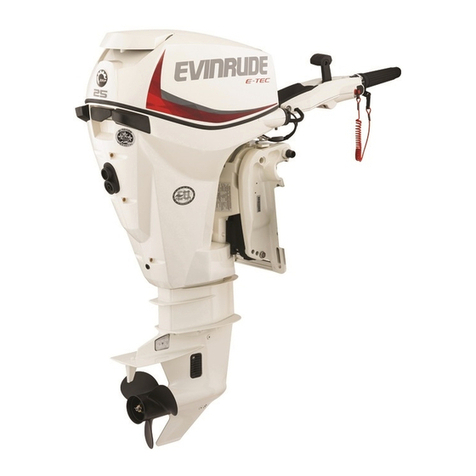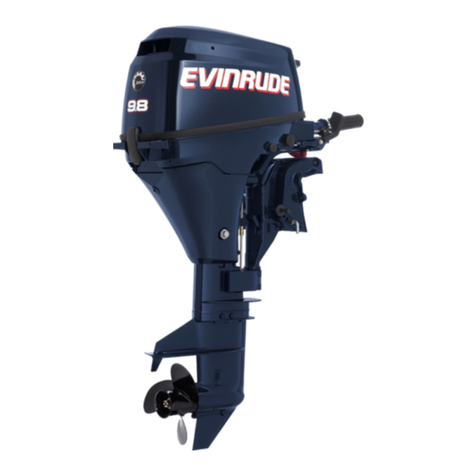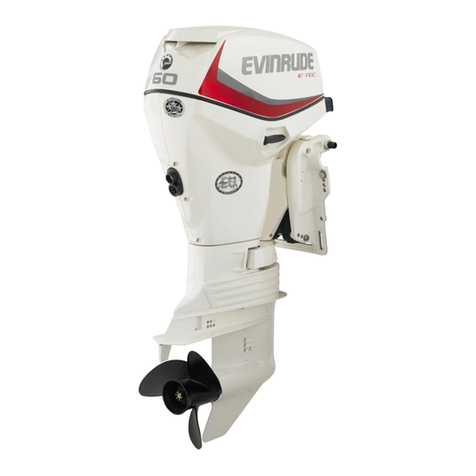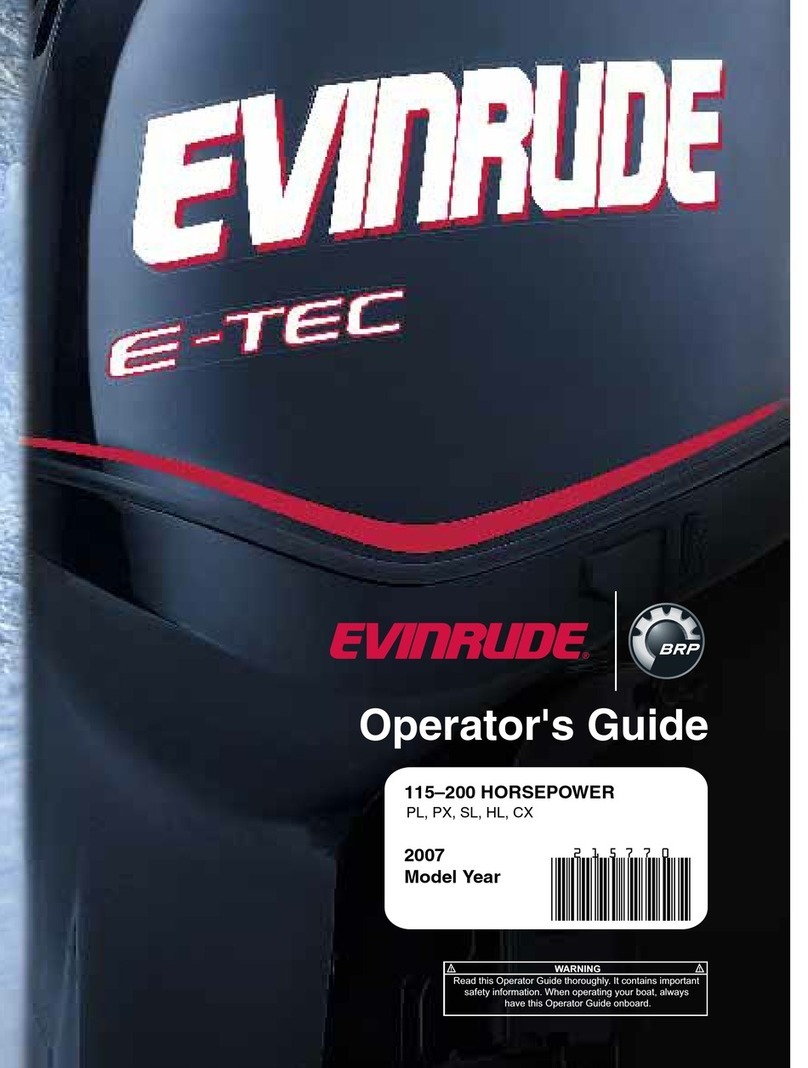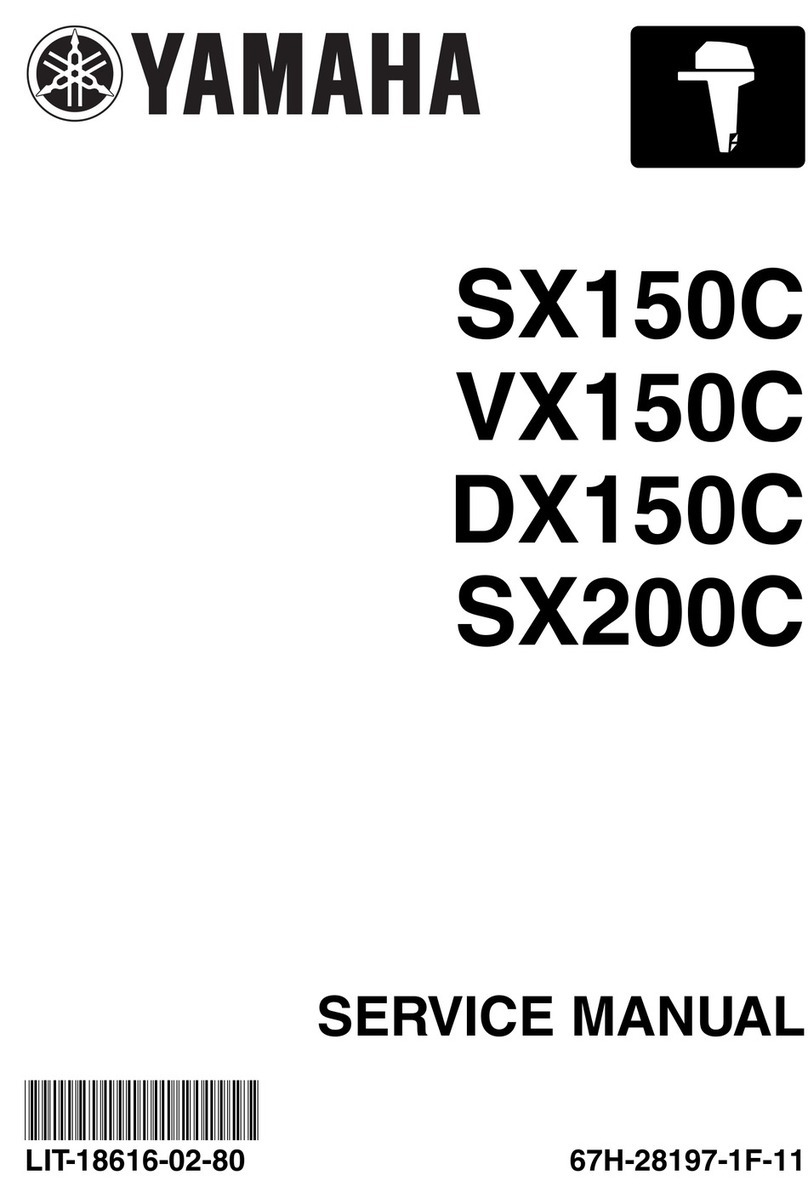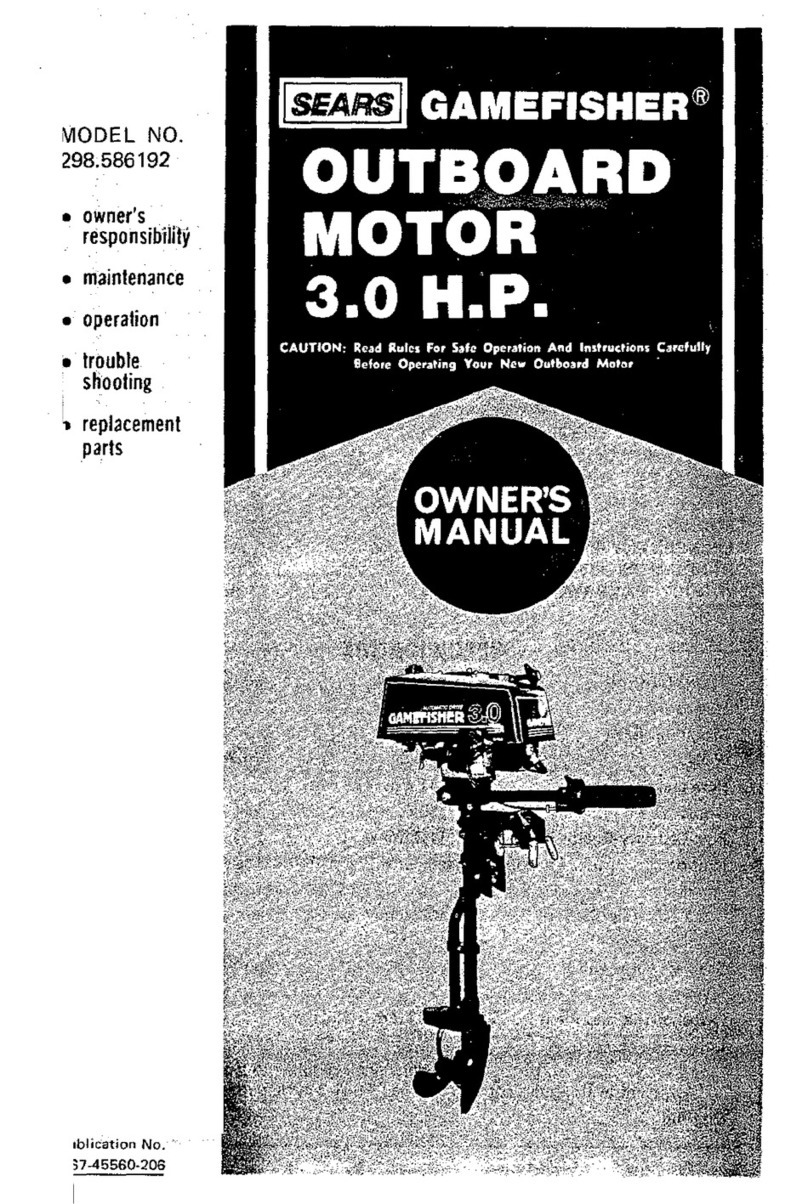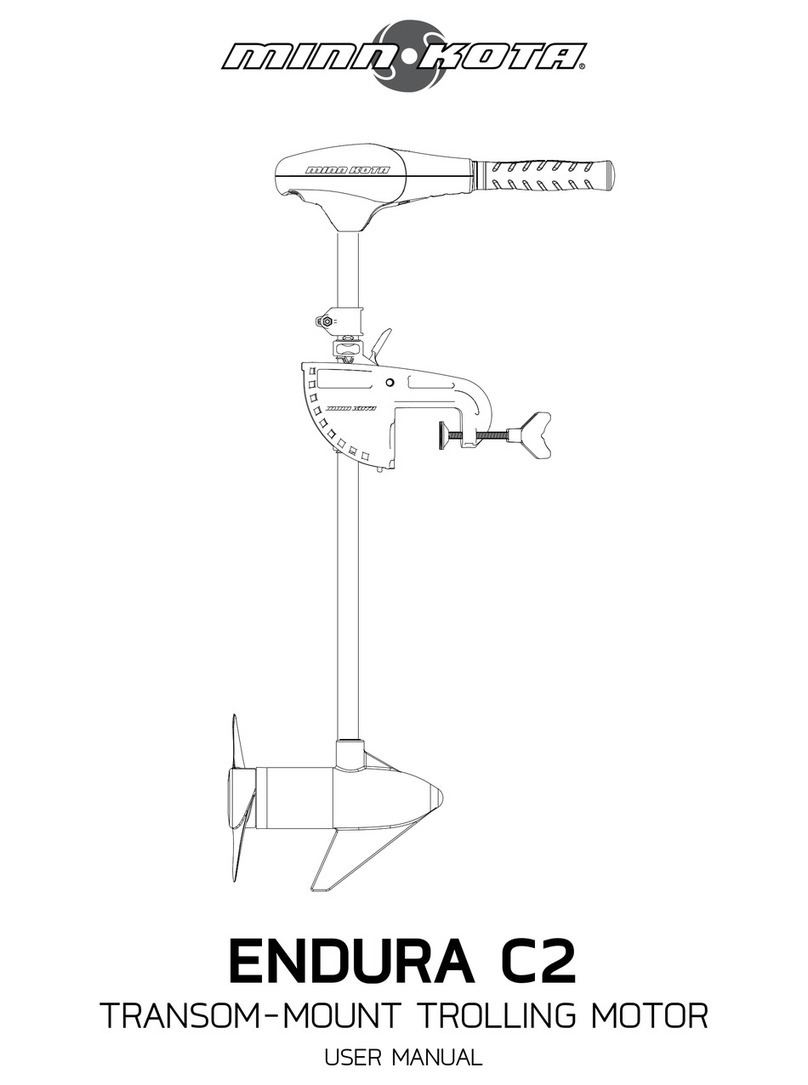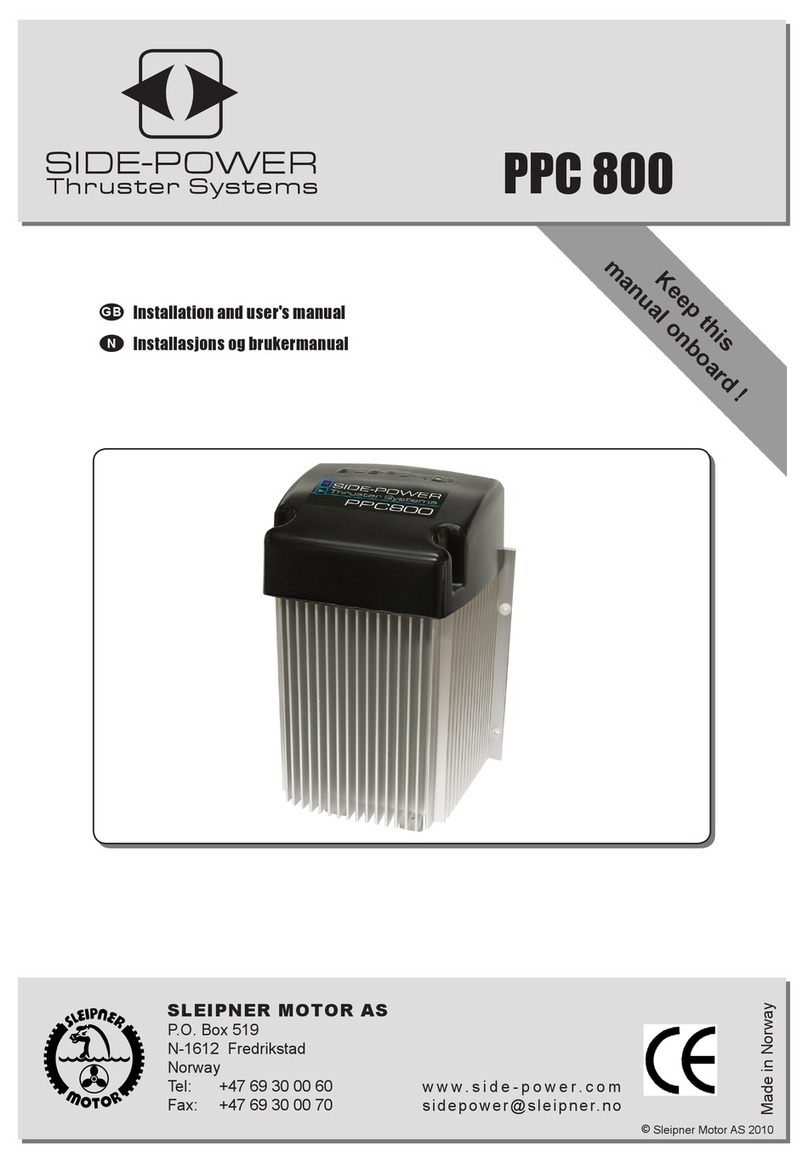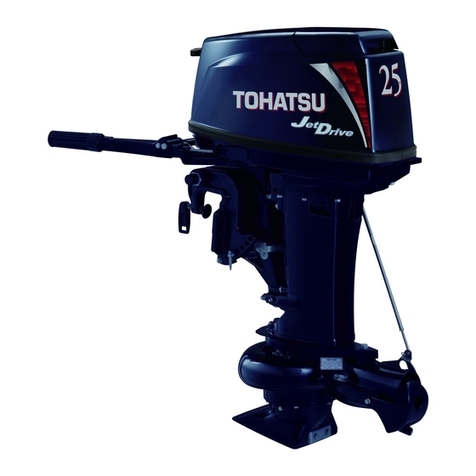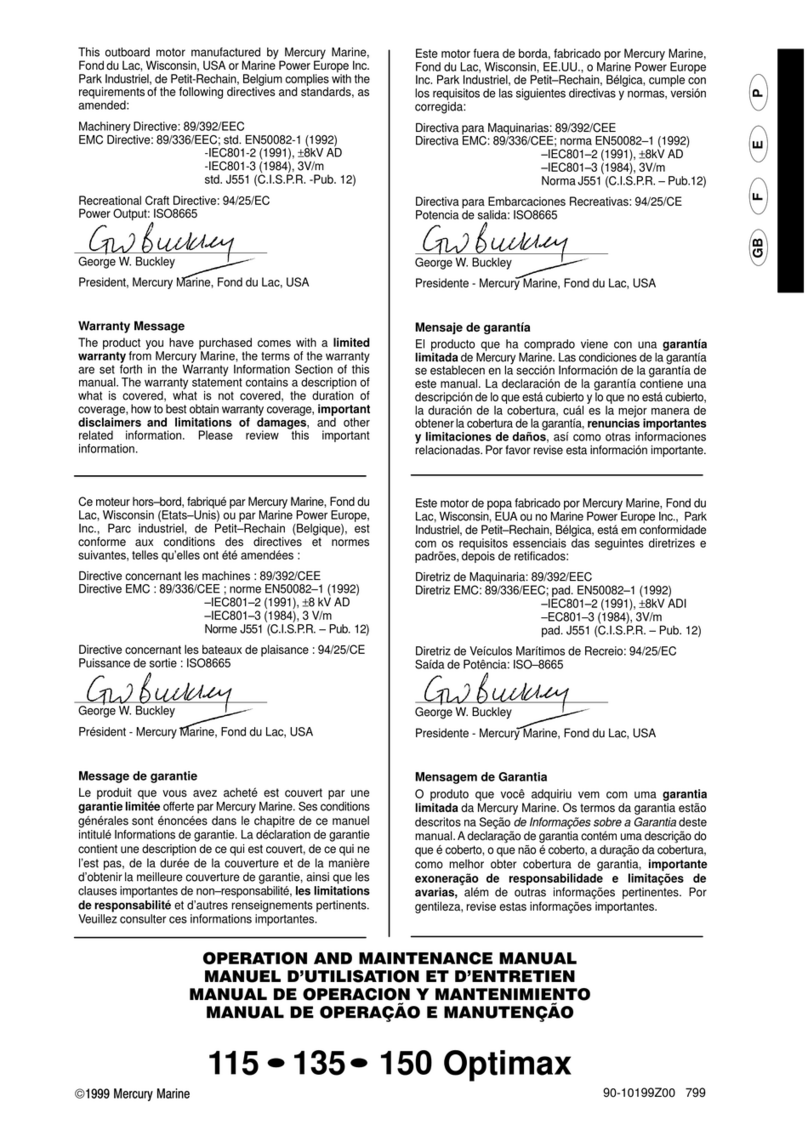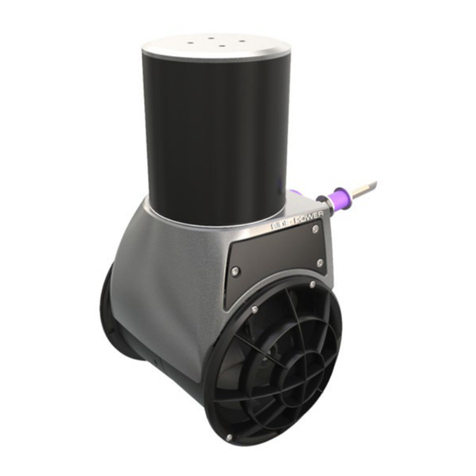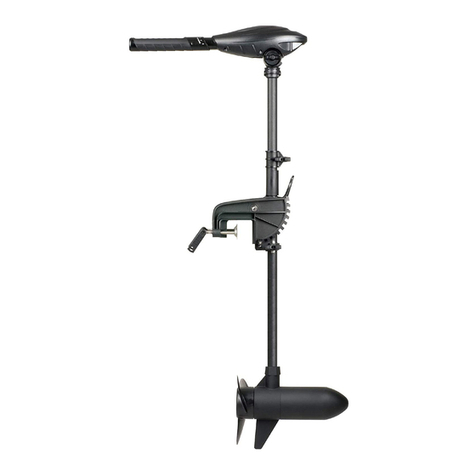
and with passengers clinging to the hull.
One restriction is that the total weight of
the motor, passengers, and equipment
aboard does not exceed the maximum load
capacity listed on the plate.
Life Preservers -Personal Flotation Devices
(PFDs)
The Coast Guard requires at least one
Coast Guard approved life-saving device be
carried on board all motorboats for each
person on board. Devices approved are
identified by a tag indicating Coast Guard
approval. Such devices may be life preserv-
ers, buoyant vests, ring buoys, or buoyant
cushions. Cushions used for seating are
serviceable if air cannot be squeezed out of
it. Once air is released when the cushion is
squee zed, it is no longer fit as a flota tion
device. New foam cushions dipped in a
rubberized material are almost indestruct-
ible.
Life preservers have been classified by the
U.S. Coast Guard into five distinct categories.
PFDs presently acceptable on recreational boats
fall into one of these five designations. AllPFDs
MUST be U.S. Coast Guard approved, in good
and serviceable condition, and ofan appropriate
size for the persons who intend to wear them.
Wearable PFDs MUST be readily accessibleand
throwable devices MUST be immediately avail-
able for use.
Type I PFD has the greatest required
buoyancy and is designed to turn most
UNCONSCIOUS persons in the water from a
face down position to a vertical or slightly
backward posi
tion,
The adul t size device
provides a minimum buoyancy of 22 pounds
and the child size provides a minimum buoy-
ancyof 11 pounds. The Type I PFD provides
the greatest protection to its wearer and is
most effective for all waters and conditions.
Type II PFD is designed to turn its wear-
er in a vertical or slightly backward position
in the water. The turning action is not as
pronounced as with a Type I. The device
will not turn as many different type persons
under the same conditions as the Type I. An
adul t size device provides a minimum buoy-
ancy of
15Y2
pounds, the medium child size
provides a minimum of 11 pounds, and the
infant and small child sizes provide a min-
imum buoyancy of 7 pounds.
FLOTATION I-II
Type III PFD is designed to permit the
wearer to place himself (herself) in a
vertical or slightly backward position. The
Type III device has the same buoyancy as
the Type II PFD but it has little or no
turning ability. Many of the Type III PFD
are designed to be particularly useful when
water skiing, sailing, hunting, fishing, or en-
gaging in other water sports. Several of this
type will also provide increased hypothermia
protection.
Type IV PFD is designed to be thrown to
a person in the water and grasped and held
by the user until rescued. It is NOT design-
ed to be worn. The most common Type IV
PFD is a ring buoy or a buoyant cushion.
Type V PFD is any PFD approved for
restricted use.
Coast Guard regulations state, in general
terms, that on all boats less than 16 ft.
overall, one Type I, II, III, or IV device shall
be carried on board for each person in the
boat. On boats over 26
f
t.,
one Type I, II, or
III device shall be carried on board for each
person in the boat plus one Type IV device.
It is an accepted fact that most boating
people own life preservers, but too few
actually wear them. There is little or no
excuse for not wearing one because the
modern comfortable designs available today
do not subtract from an individual's boating
pleasure. Make a life jacket available to
Type IV PFD ring buoy designed
to be
thrown.
On
ocean
cruisers, this type device usually has
a
weighted
pole with flag, attached
to
the buoy.




















